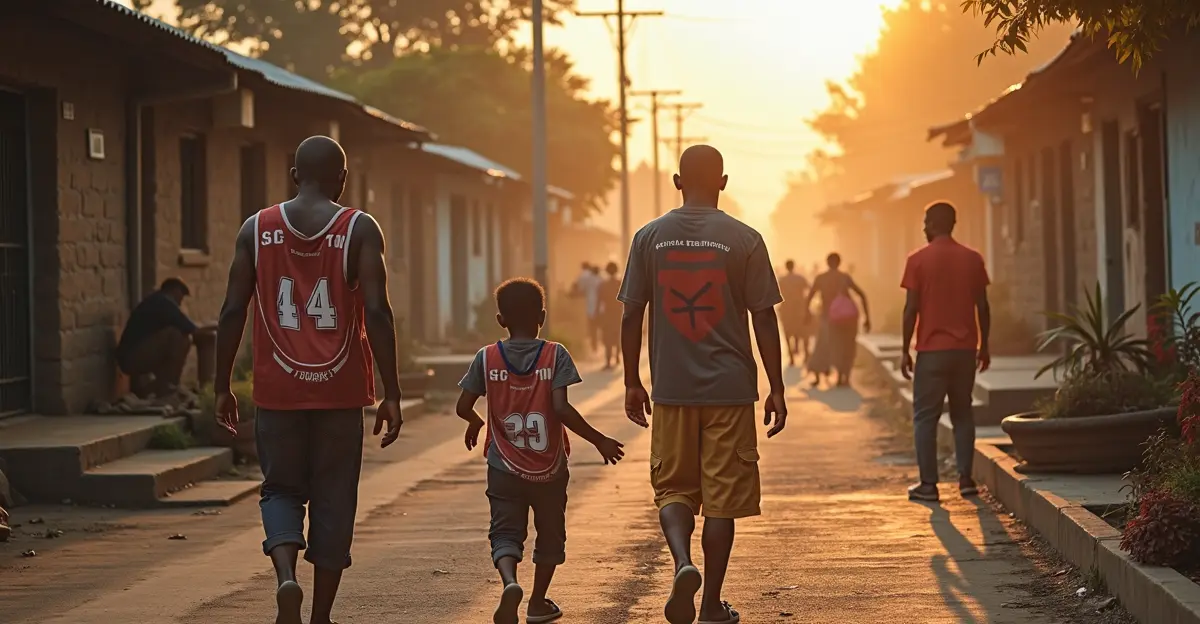New research shows dramatic increases in heat-related hospital admissions, with children experiencing 170% more ED visits. Vulnerable groups including elderly and disadvantaged populations face disproportionate risks, straining healthcare systems.

Rising Heat-Related Hospitalizations Signal Healthcare Crisis
A comprehensive new analysis reveals alarming increases in heat-related hospital admissions across multiple healthcare systems, with vulnerable populations bearing the brunt of this growing public health crisis. The research, drawing from emergency department data spanning 2012-2024, shows that heat waves are driving significant surges in healthcare utilization, particularly affecting children, elderly individuals, and those with pre-existing medical conditions.
Vulnerable Populations at Greatest Risk
The study identifies several key groups facing disproportionate health risks during extreme heat events. Children have experienced a dramatic 170% increase in emergency department visits for heat-related illnesses over a 12-year period, according to research from UT Southwestern Medical Center. 'Children are particularly vulnerable due to physiological factors including lower sweat production and difficulty recognizing when to rest or hydrate,' explains Dr. Sarah Johnson, a pediatric emergency medicine specialist involved in the research.
Elderly populations face equally concerning risks. The analysis found that heat-related deaths could increase sixfold by the 2050s without adequate climate change mitigation or adaptation measures. 'The risk of heat-related death increases with age, and our healthcare systems are not adequately prepared for this growing burden,' notes Dr. Michael Chen, a geriatric medicine researcher.
Healthcare System Strain and Preparedness Gaps
The research highlights significant strain on healthcare infrastructure during heat events. Emergency departments experience substantial increases in admissions and ambulance demand, particularly for trauma cases and chronic illness exacerbations. A systematic review published in Science of The Total Environment found that heat waves significantly raise ED admissions across multiple health conditions.
Despite the availability of cooling centers as a common intervention, research shows these facilities are often underutilized, operating at less than 5% capacity in many cities. 'While cooling centers are a low-cost intervention, there are significant barriers preventing wider adoption, including awareness issues and access limitations,' states Dr. Emily Rodriguez, a public health researcher studying heat mitigation strategies.
Disparities in Health Impacts
The study reveals concerning health disparities, with children from low-opportunity neighborhoods and socioeconomically disadvantaged groups facing disproportionately severe consequences. Research from Children's Health campuses found that children from neighborhoods with limited access to quality schools, parks, and healthcare were significantly more affected by heat-related illnesses.
An Australian study examining 8.24 million emergency department visits found that infants under 1 year and children from disadvantaged areas were particularly vulnerable to heat stress effects. The research, which utilized the Universal Thermal Climate Index, showed heatwave days increased hospital admissions for infectious diseases by 5-17% and heat-related illness hospitalizations by 78-104%.
Urgent Need for Comprehensive Strategies
Experts emphasize the need for robust healthcare planning and targeted public health interventions. 'We need coordinated emergency preparedness to manage surges in healthcare utilization during extreme weather events,' argues Dr. James Wilson, an emergency medicine specialist. 'This includes better early warning systems, improved cooling infrastructure, and community education programs.'
The findings underscore the urgent need for healthcare systems to adapt to increasing climate-related health threats. As extreme heat events become more frequent and intense due to climate change, the pressure on healthcare infrastructure will continue to grow, requiring comprehensive strategies to protect vulnerable populations and maintain healthcare system resilience.

 Nederlands
Nederlands
 English
English
 Deutsch
Deutsch
 Français
Français
 Español
Español
 Português
Português









